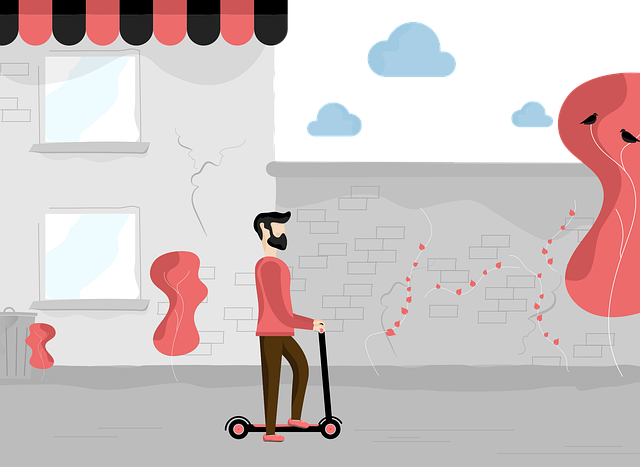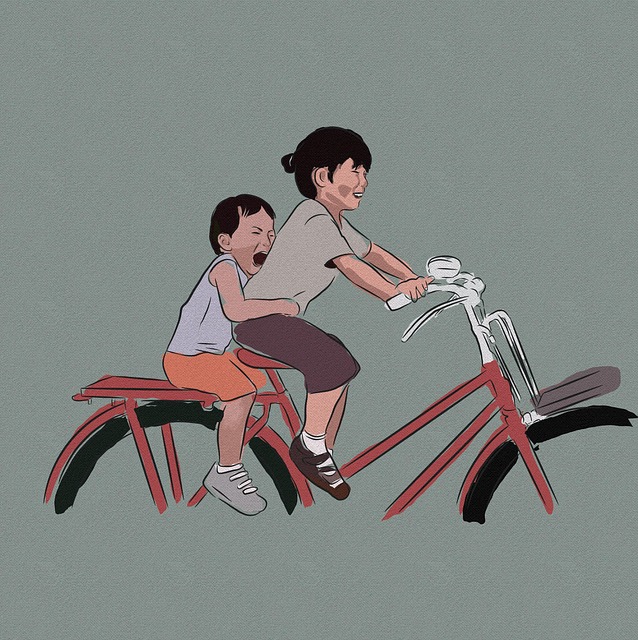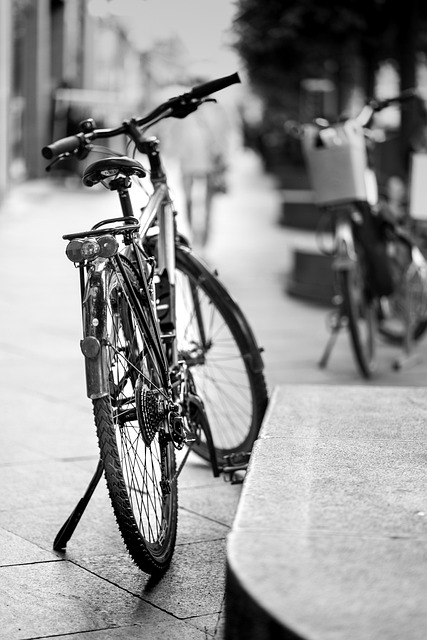Eugene, Oregon, has become a leader in inclusive transport, prioritizing accessibility for all residents through various initiatives. The city tackles challenges posed by its varied landscape with enhanced bus routes, tactile paving, and accessible shared mobility options. Local organizations collaborate with the city to provide paratransit services, fostering community engagement to meet diverse needs. Eugene leverages smart technologies and real-time data tracking while addressing cost and infrastructure barriers to ensure transportation isn't a hinderance for any community member, aiming for an inclusive future.
“Explore the transformative journey towards accessible transportation in Eugene, Oregon, where inclusivity is not just a goal but a driving force. This article delves into the pressing need for an efficient and welcoming mobility system, highlighting current projects that are redefining travel for all. From community engagement to future innovations, we uncover how Eugene’s initiatives set a benchmark for inclusive transport. Discover successful collaborations and the challenges met along the way as the city strives to become a model for accessible urban mobility in the Pacific Northwest.”
- Understanding the Need for Accessible Transportation in Eugene, Oregon
- Current Initiatives and Projects Enhancing Inclusive Transport
- Community Engagement and Collaboration for Better Mobility Solutions
- Future Prospects: Innovations and Challenges in Creating an Inclusive Transit System
Understanding the Need for Accessible Transportation in Eugene, Oregon

In Eugene, Oregon, understanding the need for accessible transportation goes beyond mere compliance with regulations. It’s about fostering an inclusive transport environment that allows every resident, regardless of age, ability, or mobility, to navigate the city freely and independently. The diverse landscape of Eugene, with its hills, streets, and public spaces, presents unique challenges for individuals using wheelchairs, walkers, or other assistive devices.
Moreover, ensuring accessible transportation is crucial for connecting folks to essential services like healthcare, education, employment, and leisure activities. By promoting inclusive transport solutions, Eugene can reduce social isolation, enhance quality of life, and create a more vibrant and equitable community where everyone has the opportunity to participate fully in civic life.
Current Initiatives and Projects Enhancing Inclusive Transport

In recent years, Eugene, Oregon has been at the forefront of initiatives aimed at enhancing inclusive transport. Projects like the expansion of accessible bus routes and the installation of tactile paving in pedestrian areas have significantly improved mobility for individuals with disabilities. These efforts are part of a broader strategy to make the city’s transportation network more welcoming and navigable for everyone, regardless of ability or age.
The city has also invested in innovative solutions such as shared mobility options tailored for people with limited mobility, including electric scooters and bikes designed for accessibility. Additionally, local organizations collaborate with the city to provide paratransit services, ensuring that those who cannot use traditional public transit still have reliable and dignified travel options within Eugene. These comprehensive inclusive transport efforts are transforming urban mobility in Eugene Oregon, setting a benchmark for other cities to follow.
Community Engagement and Collaboration for Better Mobility Solutions

In the pursuit of enhancing mobility and accessibility in Eugene, Oregon, community engagement and collaboration have proven to be vital elements in shaping effective inclusive transport solutions. By fostering open dialogues and actively involving residents, local organizations, and transportation experts, the city has been able to create tailored plans that cater to the diverse needs of its citizens. This collaborative approach ensures that the final projects are not only accessible but also aligned with the community’s vision for a more connected and inclusive future.
Through public meetings, surveys, and workshops, residents have been given opportunities to share their experiences, ideas, and concerns regarding current transportation options in Eugene. This collective input has allowed planners to identify specific challenges faced by various demographics, including seniors, individuals with disabilities, and low-income communities. As a result, the city’s transport projects are designed to offer multiple modes of accessible travel, such as improved pedestrian walkways, accessible public buses, and shared mobility options, ensuring that everyone in Eugene can move around independently and conveniently.
Future Prospects: Innovations and Challenges in Creating an Inclusive Transit System

As Eugene, Oregon continues to grow and evolve, future prospects for accessible transportation are being shaped by innovative technologies and an increasing focus on inclusivity. The city’s commitment to creating an inclusive transit system involves integrating smart solutions like real-time data tracking, improved accessibility features in vehicles, and enhanced digital platforms for easier navigation. These advancements promise to better serve the diverse needs of all residents, ensuring that transportation is no longer a barrier to participation in community life.
However, challenges remain in fully realizing an inclusive transport system. Cost constraints, infrastructure limitations, and the need for community engagement and education are significant hurdles. Balancing technological investments with maintenance and operational costs is crucial. Additionally, fostering public awareness about available accessible services and promoting their use will be vital to ensure these innovations reach and benefit all members of the Eugene community.
